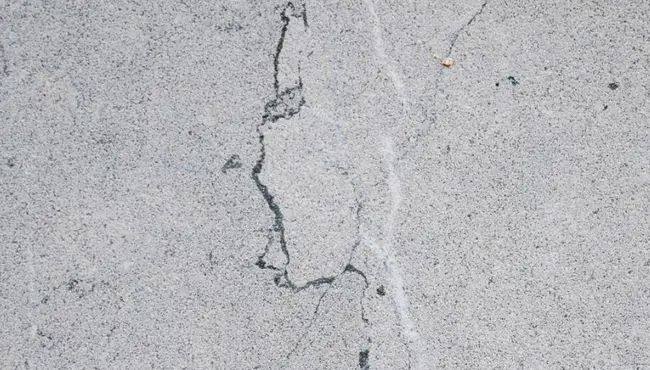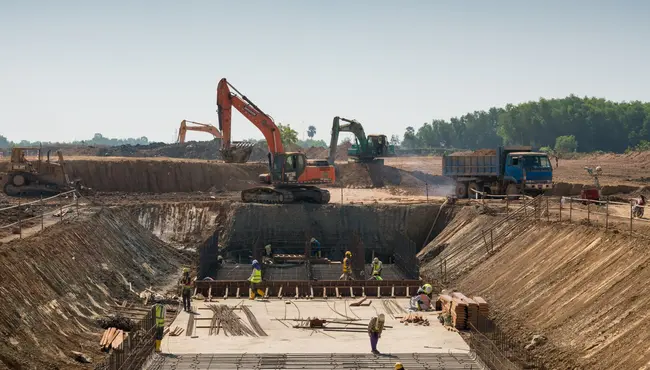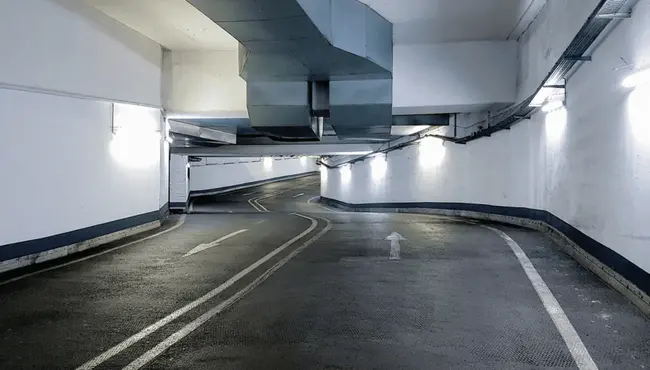Bridge decks play a crucial role in our transportation infrastructure by bearing the weight of daily commutes and essential transport. With the aging of these structures, bridge deck rehabilitation has become essential to maintain their structural integrity and safety.
This process involves various techniques aimed at restoring and maintaining bridge decks, including resurfacing, sealing cracks, waterproofing, and component replacement, with the goal of extending the lifespan of bridges in order to enhance safety, and to improve the load-carrying capacity.
The Critical Role of Bridge Deck Rehabilitation
Bridge deck rehabilitation plays a pivotal role in ensuring the integrity and longevity of our transportation networks. This essential process encompasses a range of activities designed to repair damage, strengthen structures, and apply protective measures to curtail further degradation. Techniques employed may cover everything from filling and sealing cracks, applying waterproof coatings, to comprehensive resurfacing efforts.
The ultimate goals are to prolong the operational life of bridges, guarantee user safety, and enhance their capacity to bear loads effectively, thereby reducing the frequency and cost of future maintenance.
Addressing Repairs and Challenges in Bridge Decks
Bridge deck rehabilitation addresses several structural deficiencies, from material wear and tear to environmental impacts. Common repairs include:
- Expansion joint repair and replacement to accommodate movement and prevent damage
- Structural steel girder rehabilitation to address corrosion or damage
- Substructure and superstructure replacements when bearing capacity is lost or severe damage occurs
- Deck rehabilitation, including the use of innovative materials like UHPC for overlays, to address microfractures and cracks
These types of repairs aim to address various structural deficiencies, from the wear and tear of materials to the impact of environmental conditions on the bridge's integrity.
Techniques and materials like UHPC have been highlighted for their effectiveness in extending the lifespan of bridge decks with minimal labor and traffic interruption, and have been proven to be a cost-effective solution for large-scale rehabilitation projects.
Innovative Solutions with Polyguard Products
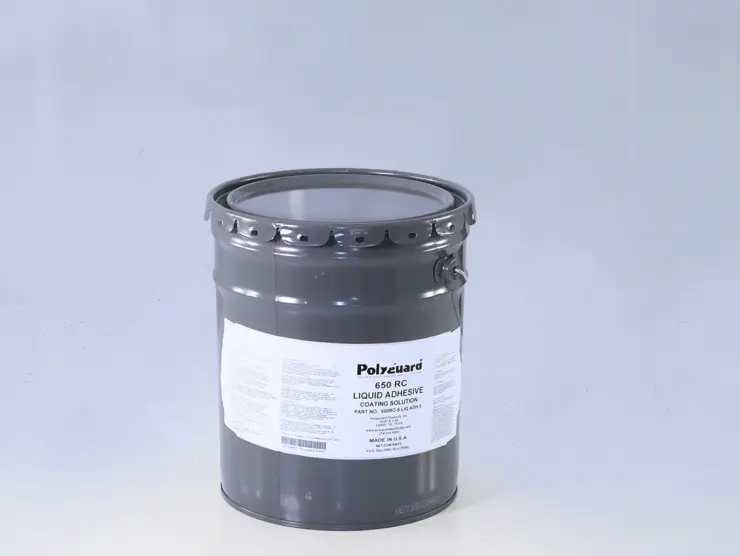
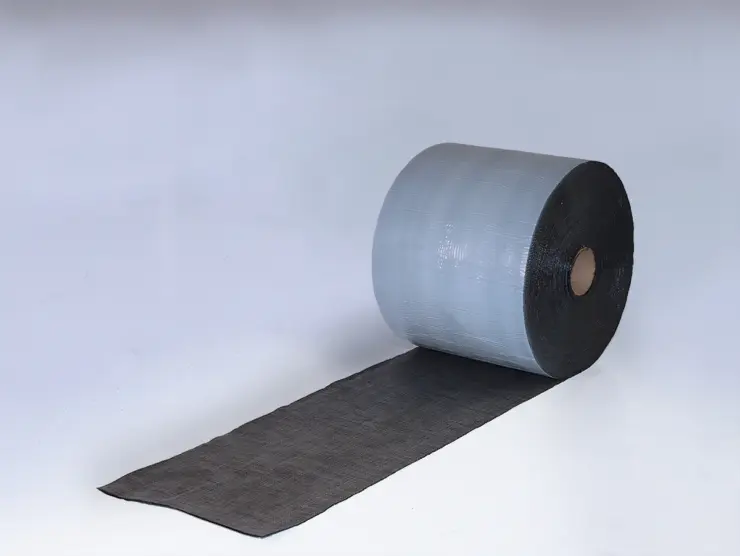
Polyguard's 650 RC Liquid Adhesive and 665 Membrane are effective solutions that provide waterproofing protection. These products are particularly suited for deck rehabilitation and expansion joint repairs that create a durable, long-lasting defense against water infiltration and structural damage.
Step-by-Step Guide to Bridge Deck Rehabilitation
Setting the Stage with Primer
1. Make sure that the surface is dry and unfrozen before beginning the primer application.
2. Using tools like a lambswool roller or spray equipment, evenly distribute the 650 RC Liquid Adhesive across the surface at a recommended rate of 300-400 square feet per gallon, adjusting for milled surfaces to about 250 square feet per gallon.
3. Wait for the primer to become tack-free before proceeding.
4. Focus on priming areas that you plan to cover with the membrane within the same day to ensure effectiveness. Should any primed areas remain exposed after 24 hours, a re-application of primer is necessary.
5. Avoid applying the adhesive too thickly to prevent extended drying times and delays in membrane application.
Applying 665 Membrane on Horizontal Areas
1. Begin laying down the 665 Membrane at the lowest point, moving towards higher points using a shingle pattern for optimal coverage.
2. Ensure overlaps of at least 3 inches on sides and 6 inches on ends for seamless protection.
3. Extend the membrane up parapet walls by 1" to 2", pressing firmly to eliminate gaps. Seal the edge on the wall with 650 Mastic to create a continuous barrier.
4. Use a double layer of membrane at drainage points for enhanced protection.
5. Address any seams that are not properly overlapped or any areas of damage with additional membrane patches, extending 6 inches past the affected area.
6. Correct fishmouths or significant wrinkles by cutting, overlapping, and patching as described.
7. Reinforce all corners with 12-inch membrane strips, laying the main membrane sheet over these corner treatments for added security. Inside corners may benefit from a filler of LM 95 Liquid Membrane or a similar sealant.
8. For any cracks wider than 3/16", apply a 6" to 12" strip of membrane to double-layer the area.
9. Follow any specific detailing required by local Department of Transportation standards.
10. Allowing limited construction traffic on the membrane can aid in adhesion and air pocket reduction, particularly on milled surfaces. Maintain slower speeds to ensure safety due to the potential slipperiness of the membrane when wet.
11. Before laying the asphalt overlay, apply a tack coat of asphalt or emulsion.
12. Ensure that the asphalt overlay is at least 2 inches thick and not hotter than 300ºF at the time of application to avoid damaging the membrane.
13. Avoid the use of vibratory rollers on the membrane in order to prevent damage.
This guideline ensures a thorough and protective application of the Polyguard 650 RC Liquid Adhesive and the 665 Membrane to optimize bridge deck protection against water and wear.
The Broader Benefits and Costs
Rehabilitating bridge decks not only addresses immediate structural issues, it also offers additional benefits such as improved safety, aesthetic appeal, and environmental protection. While costs can vary, investing in high-quality solutions like Polyguard products ensures long-term durability and cost-effectiveness.
Revolutionize Your Bridge Deck Rehabilitation with Polyguard

Selecting the right materials and approach for bridge deck rehabilitation can significantly impact the project's success. With Polyguard's advanced solutions, you can ensure your bridge decks are not only repaired but also enhanced for future durability and performance.
Our team is ready to support your project with expert advice and high-quality products designed to meet the unique challenges of your bridge deck.
For more information on how Polyguard can transform your next project, contact us today!



